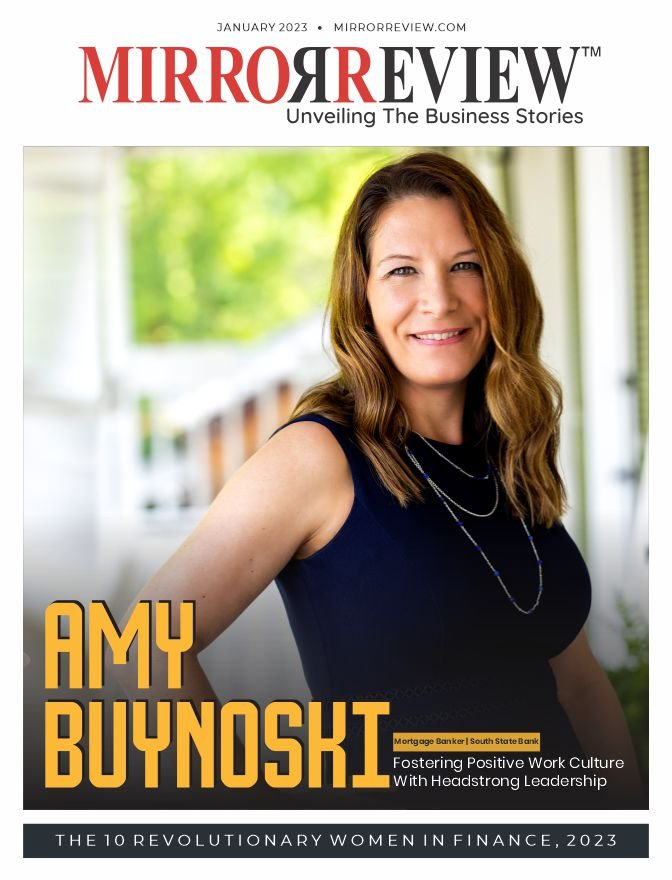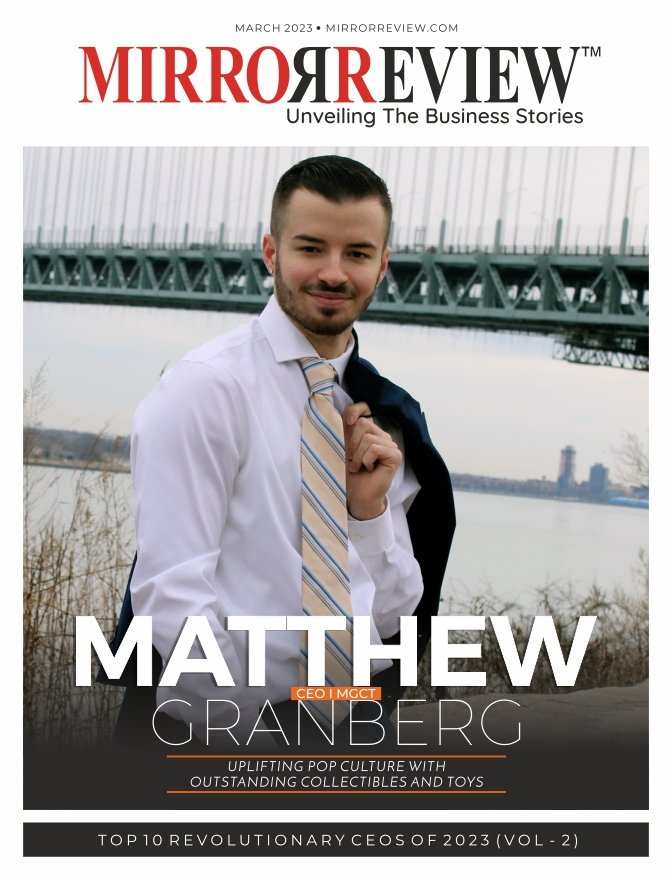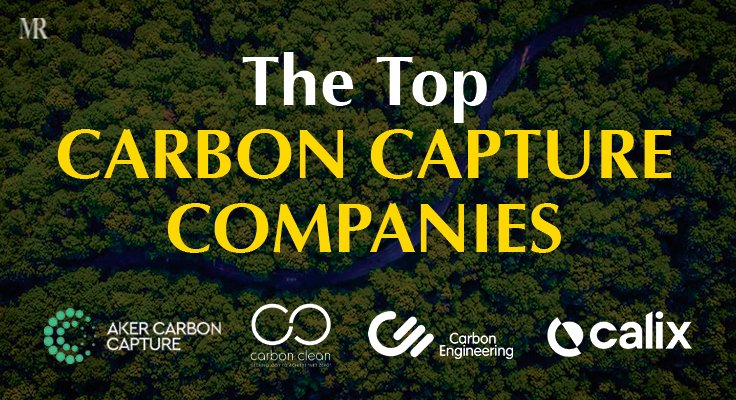The awaited Industry 4.0 is the emerging era of Digital Transformation and the accompanying Artificial Intelligence (AI) revolution. One must be capable of being creative, practice improvising and have empathy, to avoid being replaced by robots or AI systems. The rise of new technologies is an opportunity to catapult from the proven ways and leap towards the developed skills.
Achieving business objectives through empowerment and skill development of employees in modern and emerging competencies are referred to as ‘Neoskilling’. Neoskilling is holistic, includes soft skills, cultural aspects and inhibits higher-order thinking in individuals and groups. It challenges the ecosystem in which the organization operates. It is beyond the skill set that is taught in a classroom. It requires the upbeat acquisition of technology-agnostic vital capabilities, demanding for an enriched ‘Workplace of the Future’ that is ever-evolving and vigorous. Following are some of the reasons why Neoskilling is rising as a new success mantra for professionals.
The five ‘A’ structure of Neoskilling | New Success Mantra
Awareness-Access-Affordability-Appetite-Ambition are the five structures of Neoskilling.
It begins by focusing on the basic awareness of the skillset requirement and subsequently, with Access to training programs, internal or external partners. Once the access is established, Affordability will be required for support and aliment and eventually an Appetite to study and Ambition to excel in the new skills acquired.
According to the organizations, the biggest challenge they face is during the initial phase of awareness. To overcome this challenge having the content and rolling out training programs alone will not be sufficient; employees need to be introduced to incentive programs in order to adopt new skills. Training should be followed by roles corresponding to the skills that have been learned.
Caterpillar-to-butterfly
Neoskilling is a productive approach. In the scale of skill development initiatives, Upskilling is an incremental improvement to the learned skill. For example, the training given to a conventional tool operator to work on a numerically controlled and programmed version of the equipment. Reskilling is an adjacent shift to a new domain. The Skill development, Upskilling, and Reskilling can be compressed into a three-loop learning system, which trains an employee for constant learning of new skills and excelling at them.
Neoskilling is not just about training staff on discrete developing skills, it also fosters a cultural transformation to start believing in life-long learning. It prepares the individual to work in coherent teams with a common goal, not just with humans but also with combinations of robots that are collaborative, software algorithms for decision-making, bots for machine-human interaction, in a virtual world, etc. Once we achieve the seamless collaboration between humans and machines, the stage is set for the ready metamorphosis to break one’s restraints and reach the sky. Neoskilling proposes a mental metamorphosis, just like a caterpillar having to undergo a physical change to become a butterfly.
To summarize, a workforce skilled in emerging technologies offers a competitive advantage for organizations to stay ahead of the competition. Neoskilling will be specific to each organization, depending on its maturity level in digital abilities and where it wants to be in the future. It will be a new success mantra for organizations. It is not a one-size-fits-all approach. Digitization is an amplification of knowledge one has already gained in a particular domain to influence it with emerging technologies for making a noteworthy business impact. The technological challenges are vast but not obstinate. Overcoming these challenges will become easier if the professional associations, government agencies, and universities join hands to together formulate and implement required solutions. Working in a team will have a multiplication effect for an ecosystem that is strong in meeting the digital hassles of today and tomorrow.
As quoted, “People who change after change, will survive. People who change with the change, will succeed. People who cause the change will lead”












